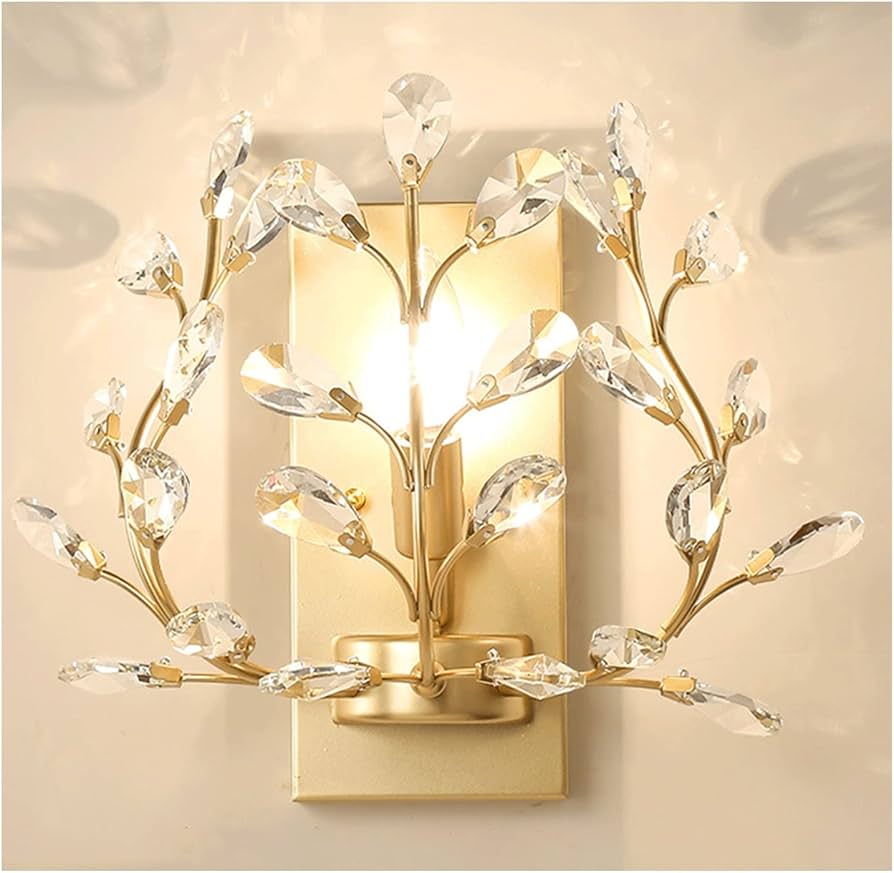Words are powerful tools that can shape our worldview and evoke strong emotions. However, when words are artistically arranged, they can transcend their literal meaning and become a work of art known as lexica art. In this article, we will explore the fascinating world of lexica art and its impact on literature, typography, and design.
What is Lexica Art?
Lexica art is a form of visual art that involves arranging words or letters in an aesthetically pleasing manner. It can take many forms, such as typography, calligraphy, or concrete poetry. Unlike traditional writing, where the focus is on the meaning of the words, lexica art emphasizes the visual impact of the text.
The History of Lexica Art
The use of words as art dates back to ancient civilizations, where calligraphy was used to create beautiful manuscripts and inscriptions. In the 20th century, the Dada and Surrealist movements embraced the use of words as a visual medium, creating poetry that was meant to be read as an image rather than a narrative.
Concrete poetry, which emerged in the 1950s, took this concept even further by creating poems that were shaped to resemble their subject matter. For example, a poem about a tree might be arranged to look like a tree, with the trunk and branches made up of words.
The Impact of Lexica Art
Lexica art has had a significant impact on literature, typography, and design. By breaking down the barriers between these disciplines, it has created new ways of thinking about how words can be used to communicate ideas and emotions.
In literature, lexica art has opened up new possibilities for writers to experiment with form and structure. For example, E.E. Cummings is known for his use of unconventional typography and spacing to create poems that are as visually striking as they are emotionally powerful.
In typography and design, lexica art has inspired designers to create new fonts and layouts that push the boundaries of what is possible. The use of words as a design element has become a popular trend in recent years, with brands and advertising campaigns using typography to create memorable and impactful messages.
Examples of Lexica Art
- The cover of the book “Cloud Atlas” by David Mitchell, which features the title arranged in a spiral pattern that reflects the book’s themes of interconnectedness and time.
- The poem “The Mouse’s Tale” from Lewis Carroll’s “Alice’s Adventures in Wonderland,” which is arranged in the shape of a tail.
- The font “Helvetica,” which is widely used in graphic design and is known for its clean, minimalist aesthetic.
Product Bundle for Lexica Art
If you’re interested in creating your own lexica art, we’ve put together a product bundle to help you get started:
- A calligraphy set with various pens, ink, and paper to practice your lettering skills.
- A book on typography and design to learn about different fonts and layouts.
- A notebook with dotted pages to create your own concrete poetry.
Features of Lexica Art Product
- High-quality calligraphy pens and ink for smooth and precise lettering.
- A comprehensive guide to typography and design to help you understand the principles of good design.
- A durable and portable notebook that you can take with you wherever you go.
Conclusion
Lexica art is a fascinating form of visual art that celebrates the beauty of words and language. Whether you’re a writer, designer, or simply someone who appreciates the power of words, there are endless possibilities for exploring this art form. By embracing lexica art, we can learn to appreciate words not just for their meaning, but for their visual impact as well.
Question: How has lexica art influenced modern advertising and branding?
